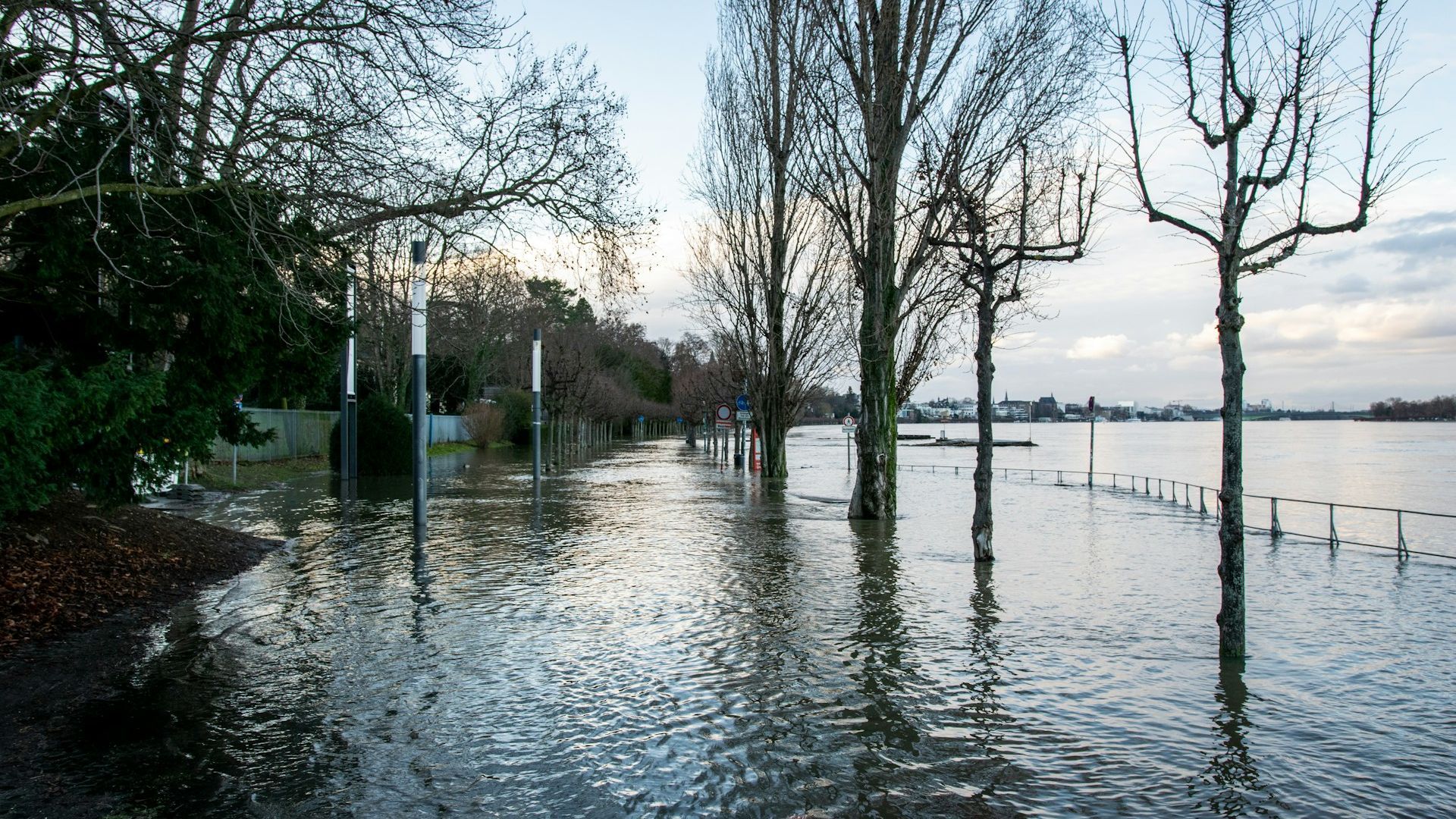Incredible Underwater Civilization Revealed Using Geophysical Modelling
Archaeologists have discovered evidence at the bottom of the ocean that indicate that humans may once have lived in the area, now fully submerged.
“We have speculated for years on the lost land’s existence,” according to a geophysicist from St Andrew’s University, Dr Richard Bates.
Flooded Thousands of Years Ago
The area of land under the North Sea, known as Doggerland, was flooded millennia ago in a dramatic event.

Matthew/Unsplash
It’s believed to have been submerged since around 6200 BCE, when one of the ‘Storegga’ landslides may have led to its sinking under the ocean.
Modern Technology Allows Mapping of Area
To get an idea of how fauna and flora may have inhabited the area, scientists are bringing together data from sedimentary DNA, cultural artifacts, and environmental data.

Hardae/Pixabay
This data can be synthesized and analyzed to build up a picture of how the landscape and its inhabitants may have lived.
Refuge During Last Ice Age
Environmental data such as the contours of Doggerland indicate that it may have had marshlands, lakes and mudflats around 10000 BCE.

Julius H/ Pixabay
This landscape may have made it the most fertile hunting ground in Europe at the time.
Found Under Northern European Waters
Doggerland was once a land-bridge that connected the east coast of Great Britain to mainland Europe.

Eva Michalkova/Pixabay
It connected what is modern-day England with the Netherlands, Germany and Jutland, a Danish peninsula.
Named After Dutch Fishermen
The name is likely to have come from a classic fishing ground of the North Sea called Dogger Bank.

James Wheeler/Unsplash
Doggers were 17th century Dutch trawlers, helmed by ‘doggermen’ that caught ‘dogger-fish’ around the Dogger Bank shoal.
Fishermen Discovered First Evidence of Doggerland
Doggerland was not only named after fishermen, but important discoveries were subsequently made by fishermen in the area.

Carson Greenhalgh/Unsplash
In 1931, a fishing trawler found a section of antler which was dated back to 12000 BCE, when the area was a tundra.
Finally Submerged By Tsunami
One theory suggests that, although much of its flooding was gradual, Britain was finally, fully cut off the mainland of Europe by a massive tsunami event.

dlsd CGL/Pixabay
This may have been caused by one of the ‘Storegga’ Slides much further north in the Norwegian Sea, which were due to the collapsing of a colossal coastal shelf in a dramatic geological event.
Modern Impact on Renewable Energy
The land has been classified as a site of potential archaeological significance.

Nicholas Doherty/Unsplash
As such, this may mean that some plans for offshore wind farm development will be unable to go ahead.
Doggerland Significance
The discovery of Doggerland could lead to changes in our understanding of the development of Neanderthals, an archaic human species.

Frank Reppold/Pixabay
Ocean-floor evidence gathered, such as ancient tools, may help us to better understand their technology and cognitive evolution.
